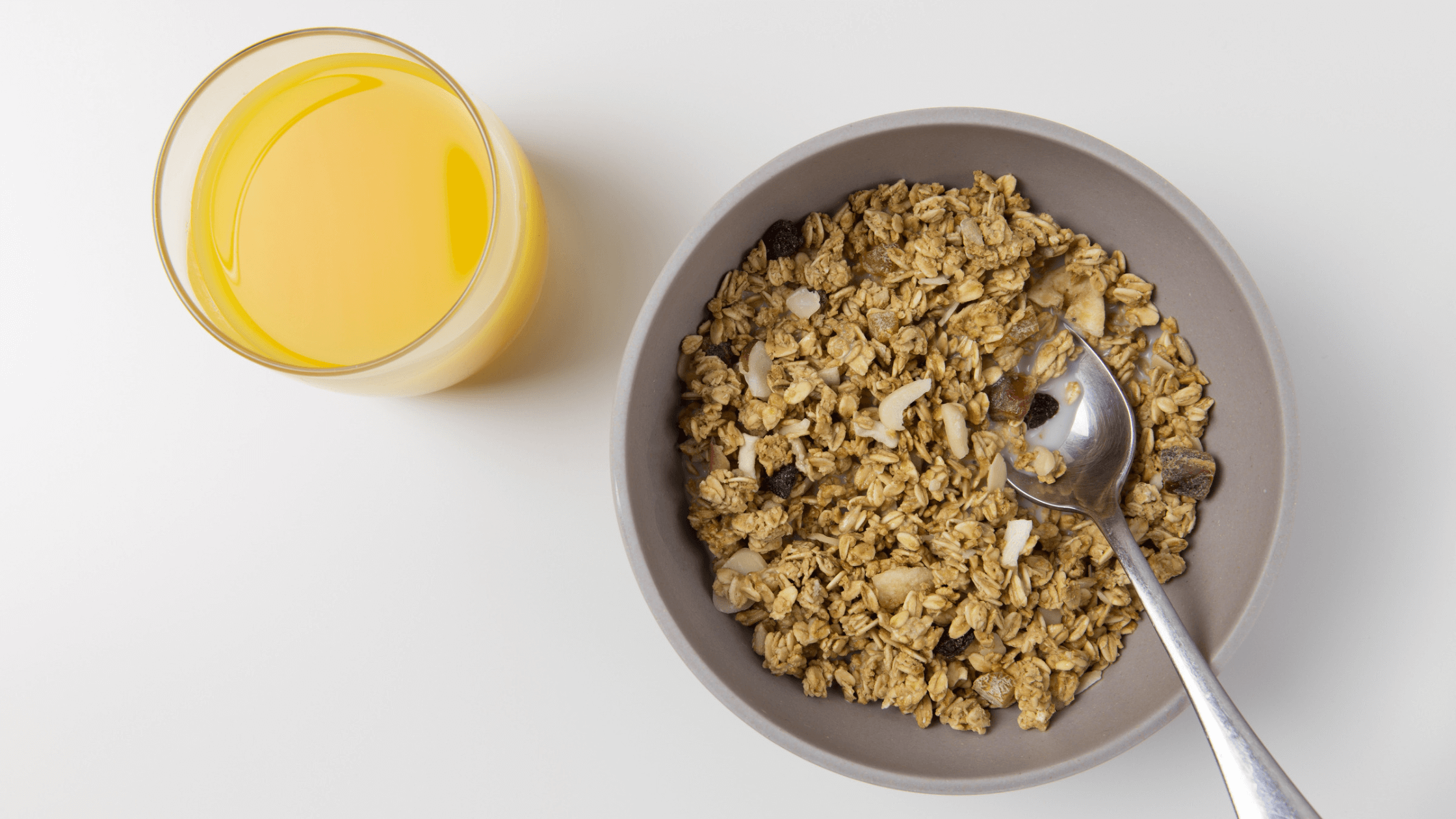Harnessing the Power of Fiber: A Comprehensive Guide to Benefits, Daily Intake, and Fiber-Rich Foods

Motion Specialist // Certified Personal Trainer // SFGII // SFL //Nutrition Coach // TPI // EW Motion Therapy Homewood
Regarding healthy eating, few nutrients are as crucial as fiber. Fiber plays a vital role in our overall well-being despite being overlooked. It not only aids digestion but also promotes heart health, helps manage weight, and lowers the risk of various chronic diseases. We encourage healthy fiber intake for all our nutrition clients at EW Motion Therapy, and our specialists ensure they meet their goals by instilling healthy habits. Even if you decide our services do not fit your needs, you can still read on as we delve into the world of fiber, exploring its benefits, recommended daily intake, and fiber-rich foods to incorporate into your diet.
What is fiber?
Fiber, also known as roughage or bulk, refers to the indigestible part of plant-based foods. The body does not break down or absorb fiber, unlike other nutrients, such as carbohydrates, proteins, or fats. Instead, it passes relatively intact through the digestive system, offering a range of health benefits along the way.
Types of fiber
There are two main types of fiber: soluble and insoluble.
- Soluble fiber: Dissolves in water and forms a gel-like substance. It helps regulate blood sugar levels, lowers cholesterol, and aids in maintaining bowel regularity. Good sources of soluble fiber include oats, barley, legumes, fruits (such as apples and oranges), and vegetables (such as carrots and broccoli).
- Insoluble fiber: Does not dissolve in water and adds bulk to the stool. It promotes healthy digestion, prevents constipation, and reduces the risk of colon cancer. Whole grains, nuts, seeds, wheat bran, and many vegetables (such as celery and cauliflower) are excellent sources of insoluble fiber.
The benefits of fiber
- Promotes digestive health: Fiber acts as a natural laxative, promoting regular bowel movements and preventing constipation. It also supports the growth of healthy gut bacteria, aiding overall digestive health.
- Controls blood sugar levels: Soluble fiber helps slow down the absorption of sugar, preventing rapid spikes in blood glucose levels. This can be particularly beneficial for individuals with diabetes or those at risk of developing the condition.
- Supports heart health: Several studies have linked high fiber intake to a reduced risk of heart disease. Fiber helps lower cholesterol levels by binding to it and promoting its excretion from the body.
- Aids in weight management: High-fiber foods are typically more filling and lower in calories. By adding bulk to meals, fiber helps control appetite, promotes satiety, and aids in weight management.
- Reduces the risk of chronic diseases: Adequate fiber intake has been associated with a decreased risk of various chronic diseases, including type 2 diabetes, obesity, certain types of cancer (such as colon cancer), and diverticular disease.
Recommended daily intake of fiber
The recommended daily intake of fiber varies depending on age, gender, and overall health. The general guidelines suggest the following:
- Adult men (up to 50 years): 38 grams per day
- Adult men (over 50 years): 30 grams per day
- Adult women (up to 50 years): 25 grams per day
- Adult women (over 50 years): 21 grams per day
It is important to note that these recommendations serve as a general guideline and individual needs may vary. It is always best to consult a healthcare professional or a registered dietitian for personalized advice.
Fiber-rich foods to include in your diet
- Whole grains: Opt for whole grain bread, brown rice, quinoa, oats, and whole wheat pasta to boost your fiber intake.
- Legumes: Lentils, chickpeas, black beans, and kidney beans are excellent sources of both soluble and insoluble fiber.
- Fruits: Incorporate fresh fruits like apples, pears, berries, oranges, and bananas into your daily routine. Be sure to consume the skin whenever possible, as it contains a lot of fiber.
- Vegetables: Add various vegetables to your meals, including broccoli, carrots, Brussels sprouts, kale, and spinach.
- Nuts and seeds: Snack on almonds, chia seeds, flaxseeds, and sunflower seeds for an added fiber boost.
Fiber is an essential nutrient in our quest for a healthy lifestyle. By incorporating fiber-rich foods into our daily diet, we can support our digestive health, promote heart health, manage our weight, and reduce the risk of chronic diseases. Aim to meet the recommended daily fiber intake and enjoy the numerous benefits that fiber brings to your body and well-being. Determining the amount of fiber recommended or the best foods to eat can take time and effort to reach that daily intake. This is often where professional advice can be beneficial - we love offering it to our clients at EW Motion Therapy. If you have other nutrition questions you would like to have answered, click the button below to download our answers to 20 frequently asked questions.


